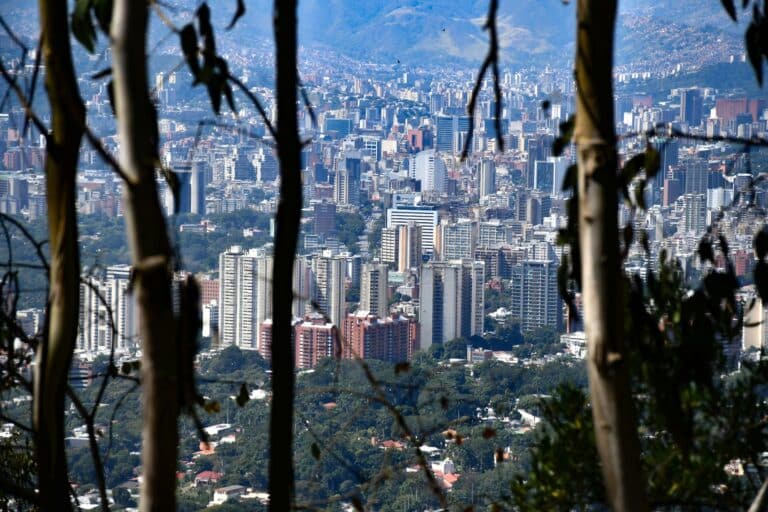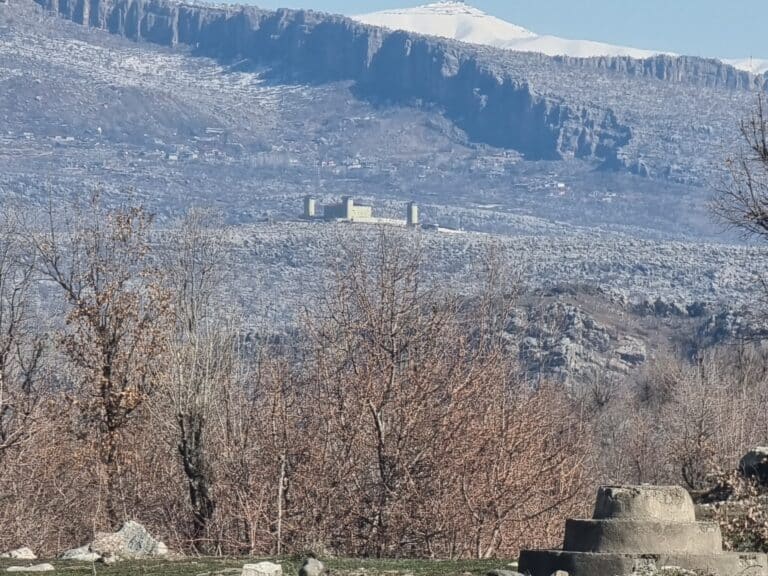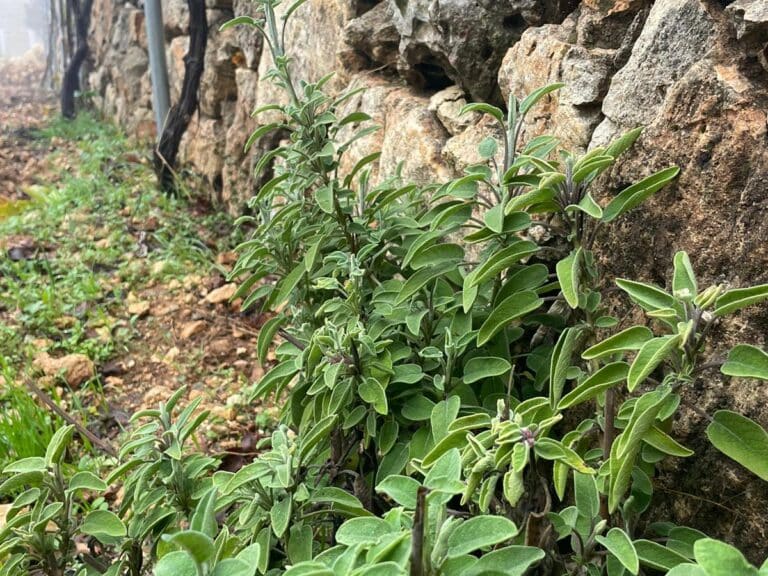CPTnet
December 10, 2002
HEBRON UPDATE: November 30-December 5, 2002
Saturday, November 30, 2002 Curfew
Le Anne Clausen heard children shouting early in the
morning and went to the roof to see what was
happening. She noticed a large menorah installed on a
demolished house on Abu Sneineh. Hanukkah started that
night at sundown.
Greg Rollins called for backup to Al Manara Circle.
Israeli soldiers were pushing shoppers, attempting to
enforce the curfew. Clausen, Sue Rhodes, Mary Yoder,
and Kristin Anderson responded. Soldiers walked up
and down the street refusing to let shoppers and
Hebron University students pass to go to their homes.
The crowds became larger, and the four soldiers
retreated to a rooftop. Some Palestinian boys made
attempts at stone-throwing from a distance of 200
meters. Soldiers then threw a tear gas canister into a
building construction site. The gas overcame the
workers.
Sunday, December 1, 2002
Curfew
On their way to Jerusalem, team members found Bab
iZawiya and the area surrounding Alia Hospital heavily
tear-gassed. A Palestinian bystander told them Israeli
soldiers used tear gas to prevent people from opening
the market.
Monday, December 2, 2002
Curfew lifted in H2 6:00-10:00 am
Rollins, team friend Henri Longbottom, and a Reuters
reporter saw Israeli soldiers putting demolition
orders on Palestinian homes between the Ibrahimi
Mosque and the Kiryat Arba settlement. Most of the
homes are empty, waiting for reconstruction permits
which are repeatedly denied, but a few still have
families living in them. Families reported 15
properties have demolition orders.
A Palestinian family in the Jabel Johar area told
Rollins, Longbottom, and the reporter that Israeli
settlers stole the family’s horse cart so they could
not harvest their fields that were next to the
settlement “Heroes of Hebron.”
There was curfew in the Bab iZawiya market area at
10:30 am. Rollins, Longbottom, Anderson, and John
Lynes followed eight soldiers as they went from store
to store to close them. Yoder and JoAnne Lingle joined
the others as Longbottom and Lynes left. By 1:30 pm
the soldiers stopped imposing the curfew and left.
Yoder and Anderson visited with Palestinian families
who have demolition orders on their homes. One family
said, “If the Israeli army comes to take the house
down, we will stay in our home with our belongings.”
Tuesday, December 3, 2002
Curfew
Rollins, Rick Polhamus, Longbottom, Lynes, Kathie
Uhler, and Lingle tried to attend a press conference
and tour given by the Israeli District Coordinating
Office (DCO) for some of the owners of homes about to
be demolished. The purpose of the tour was to show
where the path is to be widened and which homes will
be demolished.
Wednesday, December 4, 2002
Curfew
At 9:30 am Rollins observed Israeli soldiers in Bab
iZawiya aggressively enforcing curfew in that part of
H1. He called Polhamus, who joined him in following
and engaging the soldiers to prevent them from
attacking the shop owners. Lingle and Uhler joined the
others and then went to the checkpoint near Beit
Hadassah settlement to monitor the soldiers detaining
Palestinians there.
At 1:00 pm Polhamus and Rollins observed a friend who
was trying to take some cookies from his store to sell
in the area that was not under curfew. Soldiers
detained him and his young son without letting him
close his shop. Polhamus stayed with the shop owner
and some Palestinians who were detained for over three
hours. Members of TIPH (Temporary International
Presence in Hebron) were also there and made several
calls to the DCO. After about an hour they released
eight of the twelve people, including the shop owner
and his son. Rollins shadowed one soldier who had been
very aggressive. The soldier remained calm while
Rollins was with him.
One soldier threw a tear gas canister at Polhamus
while he was helping vendors. The soldiers also
threatened to shoot him and the Palestinians. More
soldiers appeared and threw tear gas and shot rubber
coated bullets at the people in the area.
Polhamus was supposed to meet Mike Pascal from the
United States Consulate in East Jerusalem to show him
the area along the path near the Ibrahimi Mosque where
the homes are facing demolition. Soldiers denied entry
to the Consulate workers at Kiryat Arba and they had
to cancel their visit.
Clausen, Yoder, and Anderson gave a presentation over
the current situation in Hebron to members of Machsom
Watch, an Israeli women’s group which monitors
soldiers’ behavior at checkpoints. They also discussed
how Israeli groups were responding to the Hebron
crisis and how CPT and Israeli groups could work more
closely in the future.
At 11:30 pm Rollins and Polhamus responded to a call
from a woman who had a sick baby. They escorted the
baby and the father to the hospital and then to a
pharmacy to get medicine.
Thursday, December 5, 2002 Curfew lifted
from 6:00-10:00 am
In Jerusalem, Polhamus met with the World Council of
Churches Ecumenical Accompaniment Program in Palestine
and Israel (EAPPI)’s new director, Rebecca Johnson,
who is a CPT Reservist. People at the meeting assessed
the work of the EAPPI program so far and affirmed that
accompaniment volunteers needed to work in teams
similar to CPT, rather than as individuals. Polhamus
and Anne Montgomery later met with representatives of
the Swedish church mission to EAPPI, further
discussing developing team structure within the
program.



